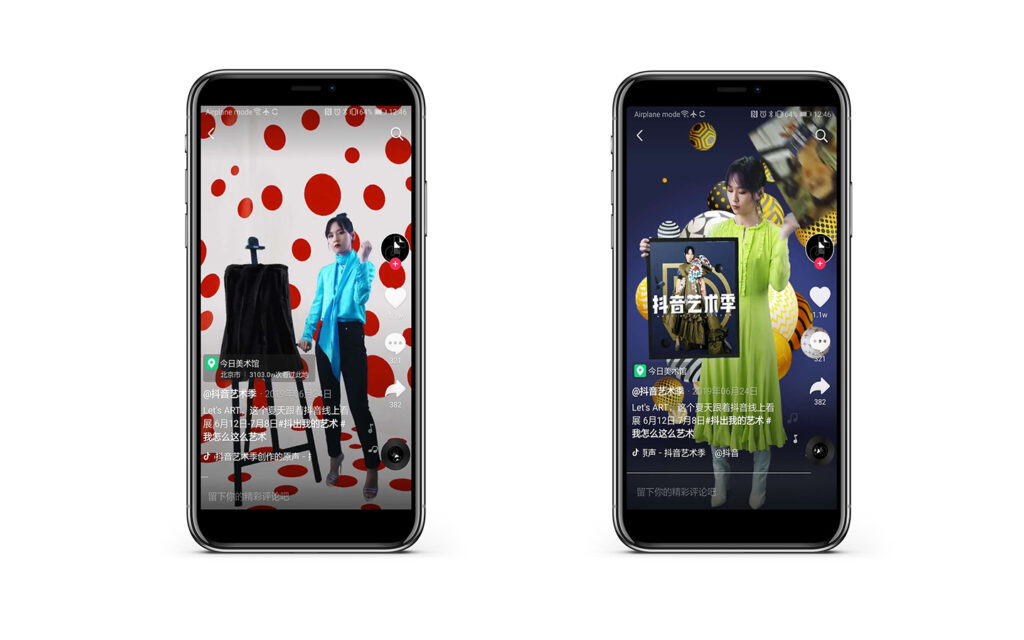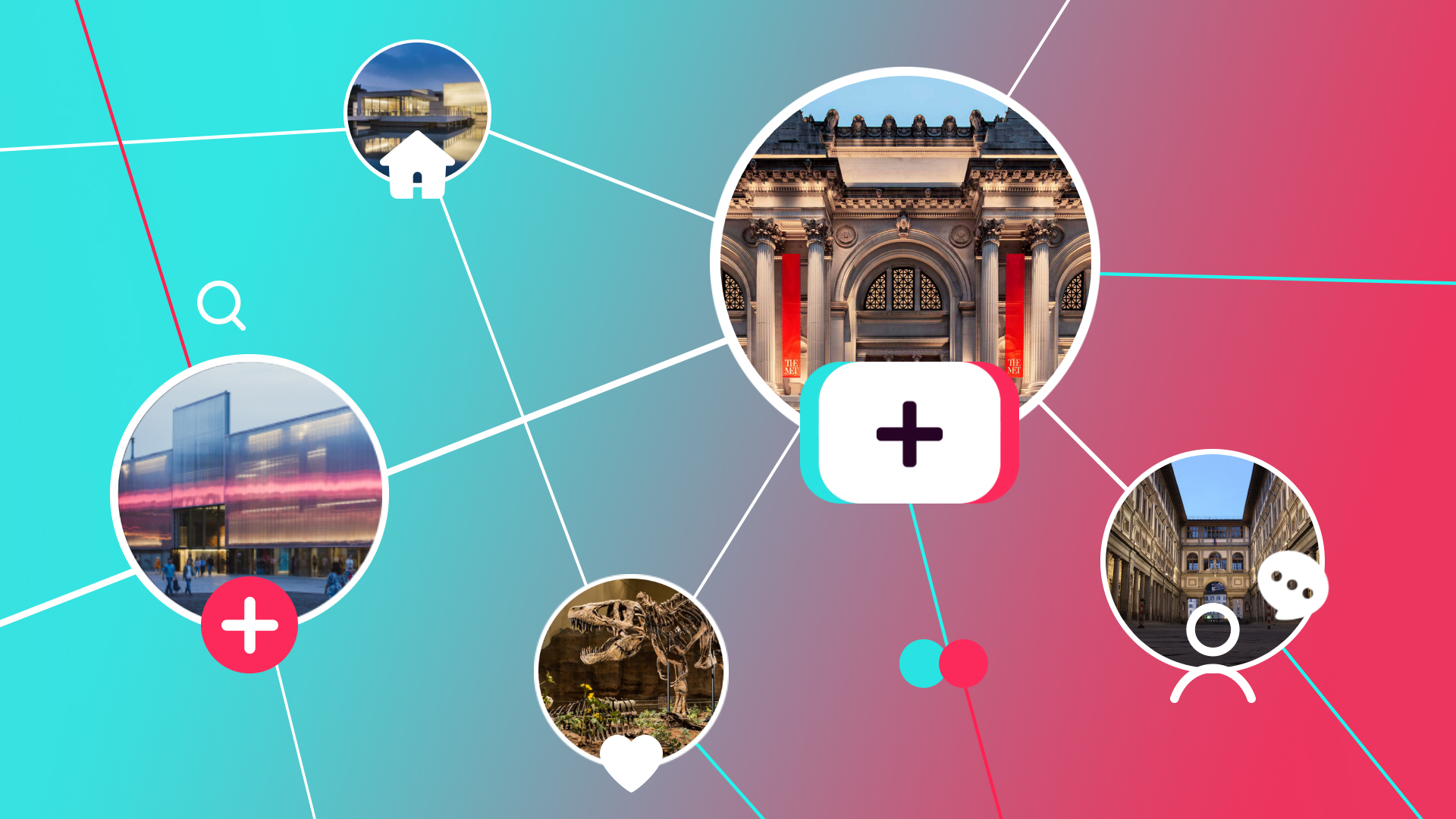Before coronavirus prompted a digital frenzy of virtual tours, walkthrough videos, and online resources, luddite was a charge that could be fairly pointed at many of the world’s storied cultural institutions.
Most approached social media with an air of confused condescension using it sparingly, if at all. The Uffizi Gallery exemplified this attitude — it didn’t have a website until 2015 and only launched on Twitter and Instagram in late 2016 — ‘in the stone age’ was how director Eike Schmidt put it in a recent interview. With lockdown forcing the cultural sphere to rethink audience engagement, the Uffizi is focused on transforming its image and reaching a younger generation. Its tool of choice? Short-video app TikTok.
Fresh platform, new audience. The Florentine institution is one of 11 museums to have launched on the platform, according to parent company ByteDance, and its counterparts are diverse in content and region; Pittsburgh’s Carnegie Museum of Natural History has won 168,000 followers largely through snail joke videos, Amsterdam’s Rijksmuseum has welcomed in influencers for live streams since launching in April, and a host of U.S. zoos from San Diego to Georgia are gaining traction by harnessing the platform’s bottomless appetite for quirky animal videos.
TikTok rewards playful, lighthearted content, a tone taken by the Uffizi even when introducing its health and safety measures; it posted a crowded Botticelli scene with a pop art bubble demanding characters keep one meter distant and an animated scullery maid from a Maria Crespi painting reminding visitors to wash their hands. Other videos have seen the museum assess the perfect abs of its statues, suggest Renaissance workout routines, and photoshop masks and surgical gowns onto characters from masterpieces — all backed, of course, by contemporary pop beats.

The Uffizi has gained 29,000 followers on TikTok since its launch. Image: Peter Huang
Chinese cultural comparison. Although the potential to use TikTok for audience growth is great, The Uffizi remains something of an outlier. In China, however, many cultural institutions, from gargantuan state museums to trendy independent contemporary art institutions, are firmly established on Douyin, TikTok’s Chinese sister-app.
Initially, content posted by Chinese institutions from the National Museum of China’s dancing Tang dynasty statues to MWOODS’ colorful cat animations neatly echoed the tone and style of the Uffizi’s videos. In recent months, however, Chinese cultural hubs have begun creating longer, more educational content on Douyin, a move which ties into ByteDance pushing to increase the presence of museums on its platforms and thereby improve content quality.
ByteDance’s Vice-President, Zhang Yu, addressed the aim directly last year saying that through Douyin “everyone can participate in art and appreciate its charm. On Douyin, everyone is an artist.” Beyond words, the platform gives participating art institutions permission to post longer videos and directs traffics towards their accounts to help grow audiences swiftly.
ByteDance supports expansive, deeper content. Two recent initiatives on Douyin from China’s cultural sector illuminate this shift.
On International Museum Day, May 18, 20 museums held hour-long live streams on the platform. Mu Xin Art Museum, an institution in East China, took part with Director Chen Danqing guiding viewers through a selection of works and answering audience questions in real-time. The stream attracted 760,000 viewers and, tellingly, many noted in the comment section that they were first-time Douyin users having signed up specifically to watch a cultural broadcast. The initiative followed on from Douyin’s February campaign in which nine of China’s most prestigious museums used live streams to entertain audiences sequestered at home.

ByteDance worked with Chinese art colleges to launch an exhbition showcasing more than 30 young Chinese artists. Image: Peter Huang
Digital platform turns to physical. Further evidence of Douyin’s dynamic pivot into the cultural sphere was an exhibition “D-Gallery of Douyin Art Season” held at Beijing’s Today Art Museum in 2019. The tech company asked young artists to submit digital works and compete for selection at a physical show. The competition saw 20,000 submissions and drew more than 2.7 billion views. Visitors to the exhibition in Beijing encountered both completed manifestations of the submissions and Douyin videos, presented on tablets, showing each artist’s creative process.
ByteDance uses China-approach internationally. Although the prospect of TikTok launching an art exhibition in Europe or the U.S. remains remote, the transition towards becoming a platform that hosts more educationally-minded content is already underway. In April, ByteDance announced a creative learning fund worth $50 million to provide grants to educational and artistic content creators.
To date, The Uffizi is one of few cultural institutions to have taken the source of the internet’s silliest videos seriously, whether the educational ambitions of ByteDance will be well-received by a notoriously traditional sector awaits to be seen.
Additional reporting by Jessie Han



